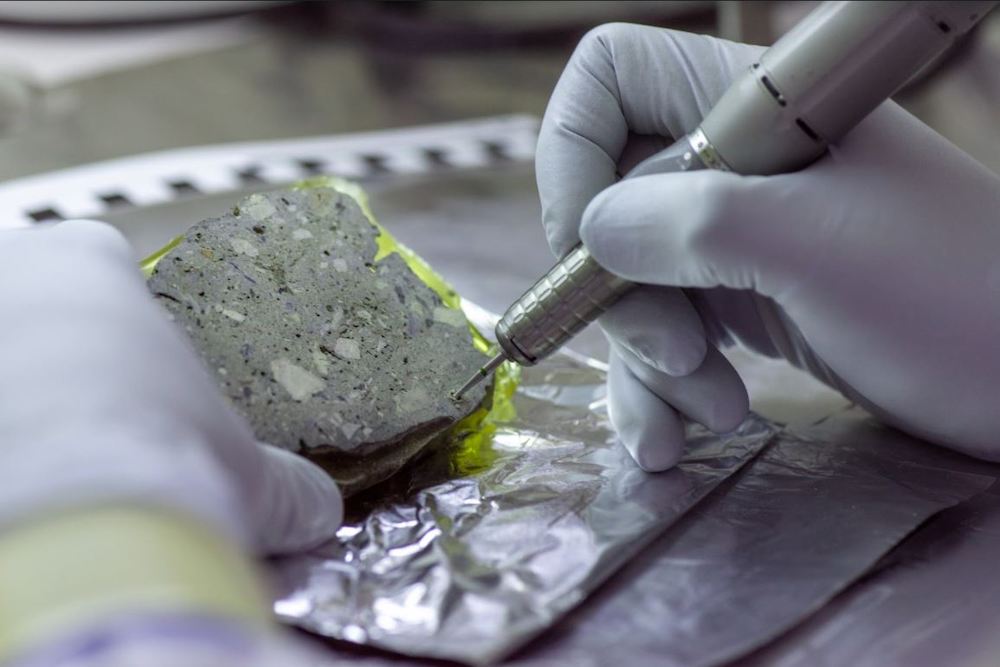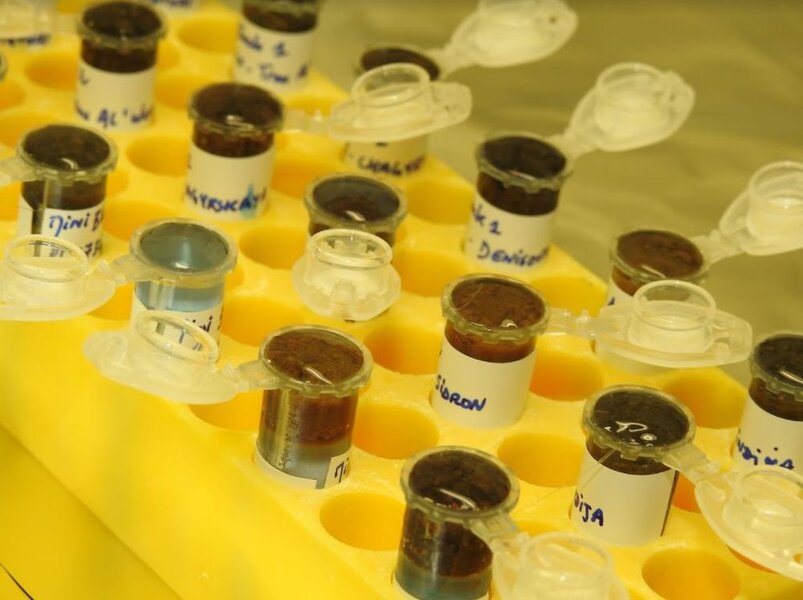Create a free profile to get unlimited access to exclusive videos, sweepstakes, and more!
There’s Neanderthal DNA in fossil dirt and now scientists know how to find it
We're basically standing on a mountain of DNA that's hundreds of thousands of years old.

Archaeology and paleontology offer us a window into the past of our own species and others who lived and died long before we were around to see them. For decades, the study of the past was dependent on visible artifacts, primarily bones. This method of investigation, while vital to our understanding of evolution, is limited by the fossilization process and the finite number of remains we’re able to find. Scientists, however, have uncovered in recent years a treasure trove of information not buried in the dirt, but in the dirt itself.
Diyendo Massilani from the Department of Evolutionary Genetics at the Max Planck Institute for Evolutionary Anthropology, along with colleagues from other institutions, are using a relatively new method of extracting human and animal DNA from fossil sediments. Their findings were published in the Proceedings of the National Academy of Sciences (PNAS).
Gathering DNA from extinct animals makes for great fictional storytelling but is difficult because organic molecules don’t typically last across timescales of millions of years. More recent sites, however, those which include our ancient hominin ancestors and their contemporary animals are more promising.
“We got ancient mammalian DNA molecules from up to 80,000 years ago,” Massilani told SYFY WIRE. “An earlier study shows mammalian DNA could be retrieved from sediment dated up to 300,000 years ago. A time limit on how long DNA can be preserved in sediment is not yet known but under optimal conditions it can be preserved for at least hundreds of thousands of years.”
The process for extracting DNA is well-established, but these recent discoveries reveal there’s a whole lot of it in the ground waiting for us to find it. In many cases, DNA in sediment is abundant enough to reconstruct complete mitochondrial genomes. This was the case for ancient hyena, bison, and deer, to name a few.
It’s likely that the DNA recovered from soil comes from pulverized or broken bone fragments, fecal droppings, or other organic products which were constantly being left behind as animals lived. Massilani notes that all organisms living in an area leave their genetic signatures in their wake. The study suggests that sediments may have significantly more genetic material available than would otherwise be found in fossils alone.
“DNA preservation in sediments aligns well with the preservation in fossils. However, sediment is the most abundant material excavated in archaeological sites. It is thus an infinite resource in comparison to fossils. We have more material and more chances to recover ancient DNA,” Massilani said.
The abundance of animal DNA as compared to that of hominins comes down to a pure numbers game. Non-human animals were more abundant and, as a result, left more of their genetic signal behind for us to find. Still, from within the 47 sediment samples the team investigated, they were able to recover the DNA of at least two male Neanderthals and reconstruct up to 80% of their mitochondrial genome. Incredibly, that DNA was found in the absence of any skeletal remains.
“The fact that we recover DNA of species even at a site when no skeletal element of these species was found opens new ground to understand the geographical distribution of species even in the absence of fossils,” Massilani said.
This work was made possible by the existence of previously excavated soil samples which had been preserved in resin. Often, in the past, sediments have not been retained. This and other recent studies solidify the need for preserving and analyzing not just fossilized artifacts but also the soil in which their found. Moreover, the study of soil sediments at ancient sites, even lacking any visible fossils, provides a new and potentially robust portal into the ancient world.



























